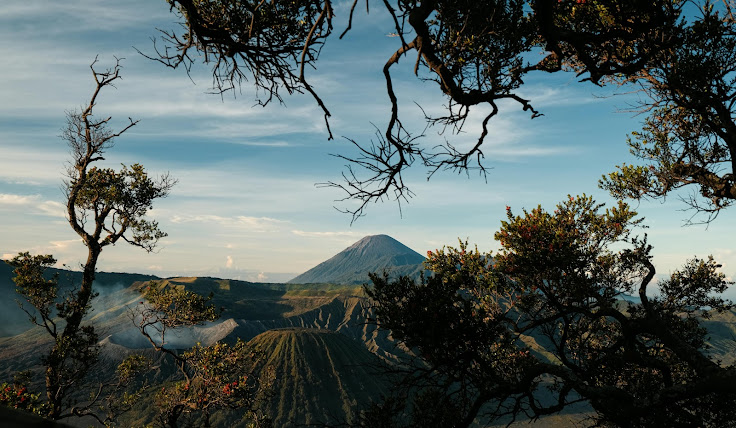Choosing the best lens for landscape photography depends on several factors such as the photographer's style, the camera body being used, and the specific shooting conditions. However, here are a few highly-regarded lenses that are commonly recommended for landscape photographers:
1. **Canon EF 16-35mm f/2.8L III USM**: This ultra-wide-angle zoom lens is a favorite among Canon shooters. It offers sharp images, minimal distortion, and excellent build quality. The f/2.8 aperture allows for shooting in low light and provides a nice depth of field.
2. **Nikon AF-S NIKKOR 14-24mm f/2.8G ED**: Nikon's equivalent to Canon's 16-35mm, this lens is known for its extreme wide-angle capabilities and stunning sharpness. The f/2.8 aperture is constant throughout the zoom range, which is beneficial for shooting in challenging lighting conditions.
3. **Tamron 15-30mm f/2.8 DI VC USD**: This third-party lens is available for both Canon and Nikon systems and offers a competitive alternative to the first-party options. It's well-built, sharp, and has built-in image stabilization (VC), which can be useful for handheld shooting or when using it on a tripod in windy conditions.
4. **Sony FE 16-35mm f/2.8 GM**: For Sony full-frame mirrorless users, this G Master lens is a top choice. It's incredibly sharp, has minimal distortion, and the f/2.8 aperture is excellent for landscape photographers who may shoot in various lighting scenarios.
5. **Zeiss Milvus 18mm f/2.8**: If you're looking for a prime lens with exceptional sharpness and build quality, the Zeiss Milvus 18mm is a great choice for Canon or Nikon photographers. It's manual focus, but the optical performance is superb for those who prefer a prime lens.
6. **Nikon Z 14-30mm f/4 S**: For Nikon Z-series mirrorless camera users, this wide-angle zoom lens is compact and lightweight while still delivering high-quality images. The f/4 aperture is sufficient for most landscape photography needs.
7. **Canon RF 15-35mm f/2.8L IS USM**: This lens is part of Canon's mirrorless RF system and offers excellent sharpness, fast autofocus, and built-in image stabilization, which is a plus for handheld shooting.
8. **Sony FE 24mm f/1.4 GM**: If you prefer a prime lens with a slightly less wide perspective, the Sony FE 24mm f/1.4 GM is a fantastic choice. The fast aperture allows for great low-light performance and can create a shallower depth of field when needed.
9. **Tokina AT-X 11-20mm f/2.8 Pro DX**: For APS-C camera users, this Tokina lens provides an ultra-wide angle of view with a fast f/2.8 aperture, making it a versatile and more affordable option.
10. **Samyang/Rokinon 14mm f/2.8 AF**: Another option for those on a tighter budget, this Samyang/Rokinon lens offers a wide field of view and solid performance for both Canon and Nikon APS-C shooters.
When selecting a lens for landscape photography, consider the following:
- **Focal Length**: Typically, a wide-angle lens between 14mm and 35mm (full-frame equivalent) is ideal for capturing vast scenes. However, some photographers prefer a slightly narrower focal length for a more 'normal' perspective.
- **Aperture**: While f/2.8 or wider is excellent for low-light and astrophotography, many landscape photographers are happy with f/4 or f/5.6 lenses due to their smaller size and lower cost.
- **Sharpness**: Look for a lens that is known for producing sharp images, especially at the apertures you'll commonly use.
- **Distortion**: Landscape photographers often prefer lenses with minimal barrel distortion.
- **Weather Sealing**: If you shoot in harsh conditions, a lens with weather sealing will protect against dust and moisture.
- **Filter Size**: Landscape photographers frequently use graduated neutral density (GND) and polarizing filters, so a lens with a standard filter thread size is beneficial.
- **Weight and Size**: Since landscape photography often involves hiking or travel, a lighter and more compact lens can be more comfortable to carry.
Ultimately, the best lens for you will depend on your specific camera system, budget, and personal preferences. It's also essential to consider the types of landscapes you shoot most often, as different focal lengths and apertures may suit different scenarios better.
